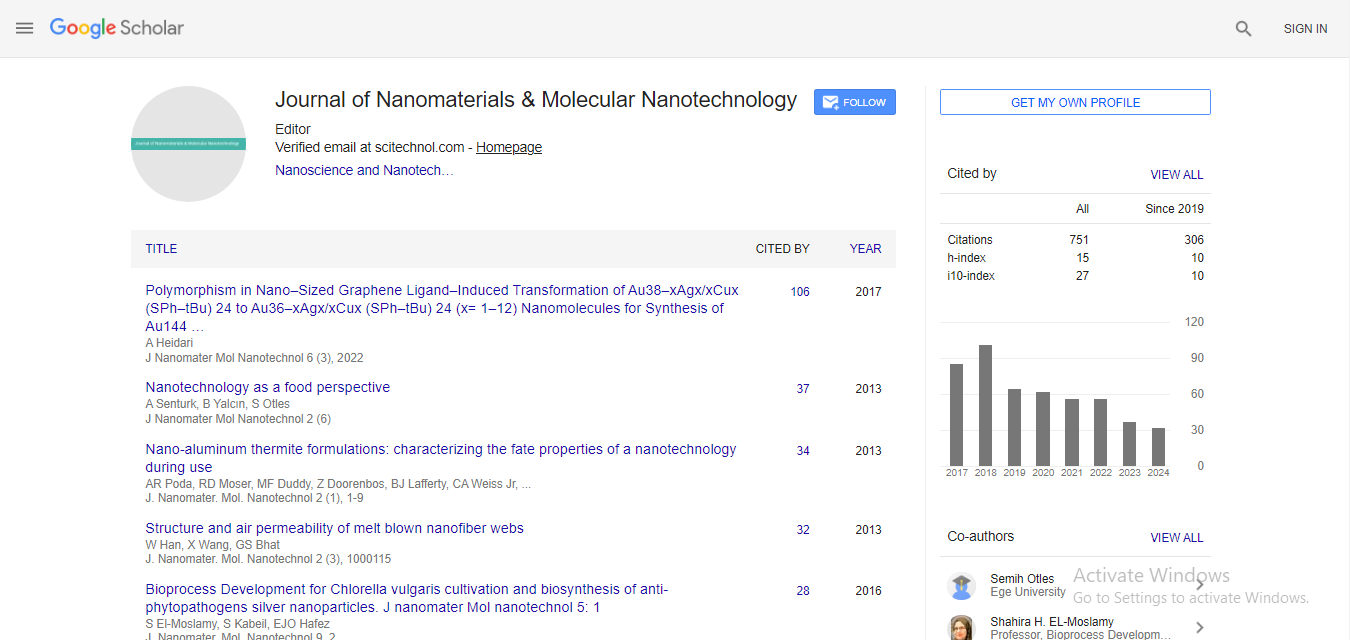Application of the standardized form magnetite nanoparticles (ICNB) in creature simple and practical method of additive modernization of preservation solutions for RBCs
Andrey Belousov, Elena Malygon, Vadim Yavorskiy and Ekateryna Belousova
Kharkov Medical Academy of Postgraduate Education, Ukraine
Laboratory of Applied Nanotechnology of Belousov, Ukraine
: J Nanomater Mol Nanotechnol
Abstract
Recently the FDA has tightened and increased the assessment and acceptance criteria making it potentially more difficult and expensive to bring new RBCs storage systems to market. Although the regulatory agencies are to be commended for focusing on the safety of new therapies and devices for patients, there are concerns that the regulatory requirements for RBC storage systems have become excessive and are hindering progress. Technology developers are unwilling to take on the risk that a random poor quality RBCs component could jeopardize the success of licensure tests and clinical trials of their new blood storage systems and their significant financial investment. The researches have proved that now of magnetite nanoparticles are able not only to considerably reduce hemolysis, and thereby prolong storage time of the blood’s heparinized, influence on the activity of adenosinetriphosphateses of erythrocytes, regulated transmembrane exchange, but also to extracorporeally influence on cellular apoptosis. The above was the basis for the choice of the theme of this study, devoted to the learning of the use of nanotechnology to correct the functional activity of red blood cells at the storage stages at a positive temperature. The main purpose of the first stage of the study is to develop a simple and practical method of additive modernization of preservation solutions that do not violate the compliance requirements, improves the quality, efficiency and safety transfusion of red blood cells. It was established that saline NaCl which had previously been processed by magnetite nanoparticles (ICNB) had a marked membrane-stabilizing effect, inhibits hemolysis and increasing the sedimentation stability of preserved RBCs. The complex analysis of the obtained data allowed determining the primary mechanisms effect of the saline NaCl which had previously been processed by ICNB on the preserved RBCs. The proposed method of additive modernization of preserved RBCs was adapted to the production process. The optimization results were obtained in creating a simple and practical method of additive modernization of preservation solution that does not violate the compliance requirements, improves the quality, efficiency and safety transfusion of RBCs. The effect of haemolysis inhibition by the method of additive modernization of preservation solutions, which adapted to the manufacturing process on day 35 of the study, is shown in Figure 1.
Biography
E-mail: an.belousov2012@ukr.net
 Spanish
Spanish  Chinese
Chinese  Russian
Russian  German
German  French
French  Japanese
Japanese  Portuguese
Portuguese  Hindi
Hindi 



